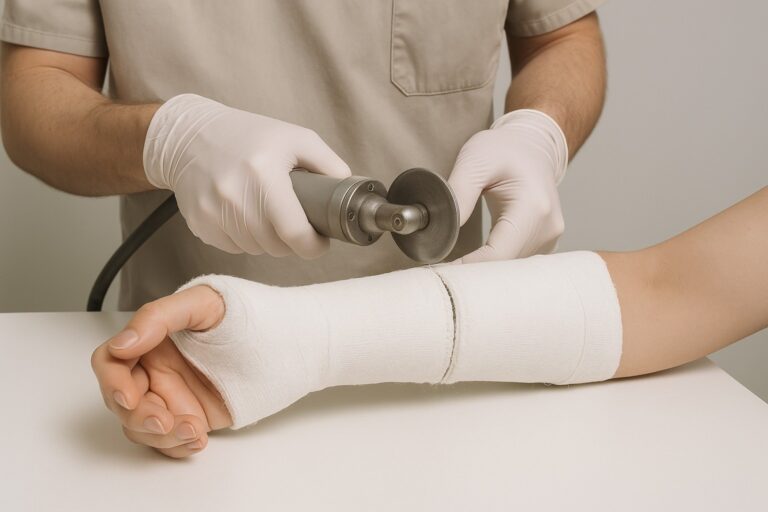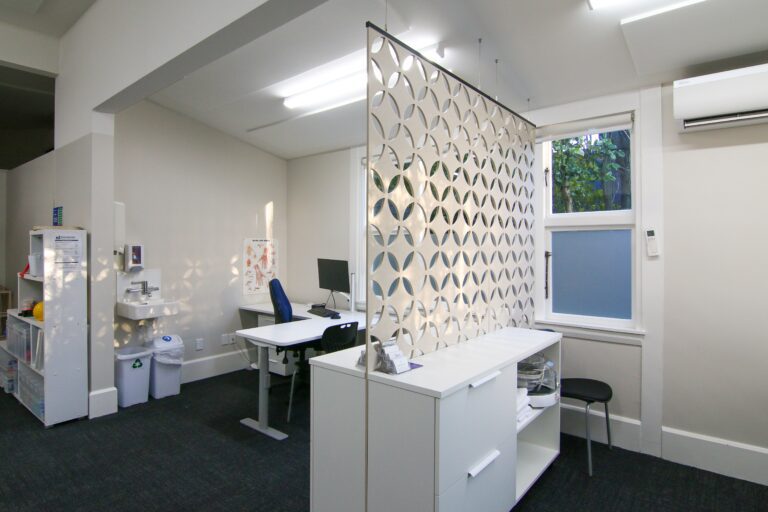A fracture is a broken bone. Occult means hidden. An occult fracture is one that is not visible on an X-ray. A possible occult fracture is a suspected fracture that needs to be confirmed with other imaging tests.
Occult fractures can occur because of a fall or other type of impact injury. Health professionals are careful to exclude occult fractures of the scaphoid. The scaphoid is one of eight small bones in the wrist, collectively called the ‘carpal’ bones. Scaphoid bone fractures represent 2% of all fractures but 75% of carpal fractures.
If initial x-rays look normal despite a suspected fracture, protocol requires that the wrist be immobilised in a cast and a repeat x-ray taken 10-14 days after the initial injury. However, there is some variation in how long it takes for scaphoid fractures to be visible on x-rays and this timeframe may be longer in the elderly. In total, 20% to 25% of clinically suspected scaphoid fractures are not confirmed on initial x-rays.
In some situations, suspected scaphoid fractures are confirmed/excluded using magnetic resonance imaging. Occult fractures are often visible on MRI scans. MRIs are expensive and can only be ordered by specialist providers.
If the fracture is not diagnosed promptly and treated, the bone may not heal properly. Sometimes complications occur even after proper treatment. Possible complications of an occult scaphoid fracture can be delayed union of the scaphoid (union meaning the fracture site filling in, the pieces joining back together), non-union, or death of bone cells because of decreased blood supply (avascular necrosis).
Sometimes occult fractures need to be treated with surgery where the bone is held together with pins, screws, or metal plates. In most situations the bone will heal naturally with cast immobilisation. Bones heal through a process of union. Cells within the bone lay down new bone building blocks and remodel them until the bones become reconnected and strengthened. This healing process may take several weeks to several months. Even after the bone has started to heal, it may still be some time before the bone can handle the stresses it was used to.
When the cast or splint is removed, it is normal to feel some stiffness and weakness. Hand therapists can prescribe exercises to rebuild wrist strength and flexibility. They can also provide wrist splints, for heavier activities and at-risk situations until the wrist is sufficiently strong to perform activities without support.


